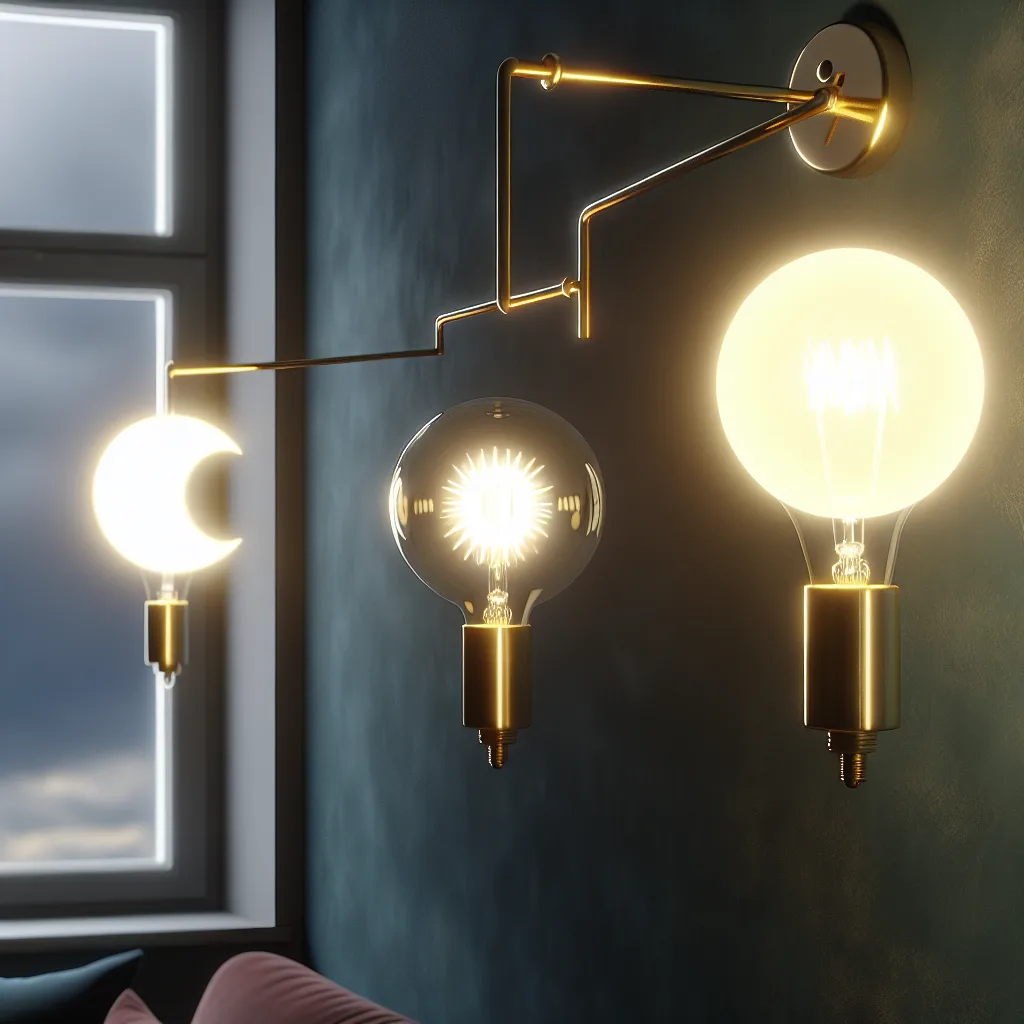Build a custom light fixture that brings the sky indoors, even on the cloudiest days.
I live in a city where grey, overcast skies are the norm. It’s easy to go days without seeing the sun, and sometimes you just miss knowing it’s even there. So when I stumbled upon a brilliant DIY sun tracker project someone built to solve this exact problem, I was immediately hooked. The idea is simple but so clever: a custom light fixture that visually represents the real-time positions of the sun and moon in the sky. It’s like having a little mechanical window to the cosmos right on your wall.
It doesn’t just tell you the time; it gives you a tangible connection to the world outside, even when you’re stuck indoors.
The Concept: A Simple, Smart Celestial Map
Imagine a simple light fixture with multiple bulbs arranged in an arc. Now, what if two of those bulbs could turn on and off to represent the sun and moon, tracking their journey across our sky? That’s the core of this project.
When the sun rises, a “sun” bulb lights up. As it moves across the sky, different bulbs in the arc light up to show its position. When it sets, the bulb turns off. The same thing happens for the moon on a separate track. It’s a dynamic, ambient piece of data visualization that you can actually live with.
The beauty is in its simplicity. You don’t need a complex screen or a digital display. You just need:
- A multi-bulb light fixture (you can find cool, minimalist ones on Etsy or even build one yourself).
- A set of smart bulbs, like the Philips Hue Edison-style bulbs, which give off a great vintage, warm glow.
- A central smart home hub to act as the brain.
Building Your Own DIY Sun Tracker
While the concept is simple, making it work requires a little bit of smart home magic. The original creator used a popular open-source platform, and it’s the perfect brain for a custom project like this.
The “brain” behind this operation is Home Assistant, a powerful and private platform for home automation. It’s perfect for custom projects because it gives you the flexibility to connect almost any device and write your own rules.
To get the astronomical data, the project uses a bit of Python code. Specifically, a script leverages a library called ephem, which is fantastic for computing the positions of celestial bodies. You can check out the PyEphem library on PyPI to see how it works. The script basically does this:
- Calculates the current position (azimuth and altitude) of the sun and moon based on your home’s location.
- Maps those positions to the specific bulbs in your light fixture.
- Tells Home Assistant which “sun” bulb and which “moon” bulb to turn on.
This script can be set to run automatically every few minutes using an add-on like AppDaemon, so your celestial display is always up-to-date. The result is a silent, beautiful representation of the sky above you.
Why Bother With a DIY Sun Tracker?
So, why go through the trouble? You could just look up the sun’s position on your phone. But this isn’t about raw data; it’s about feeling.
In places with persistent cloud cover, this project brings a piece of the outdoors inside. It’s a quiet reminder of the natural rhythms happening beyond your ceiling. It’s also an incredible conversation piece. It’s subtle enough to blend in as a cool light fixture, but the story behind what it’s actually doing is what makes it special.
This whole project is a fantastic example of what makes smart homes so compelling. It’s not just about convenience—it’s about creating a more personal, connected, and even poetic living space. It uses technology not to distract, but to connect us more deeply to the world around us. And you can do it all with some off-the-shelf Philips Hue bulbs and a little bit of curiosity. It’s a reminder that the best smart home projects are often the ones that solve a uniquely human problem. In this case, it’s for anyone who just misses seeing the sun.
